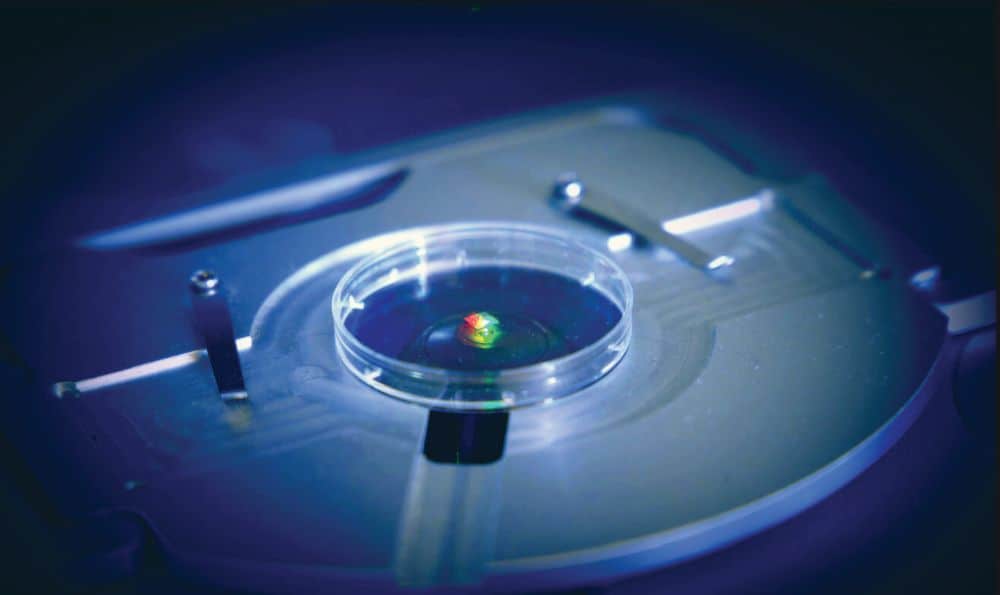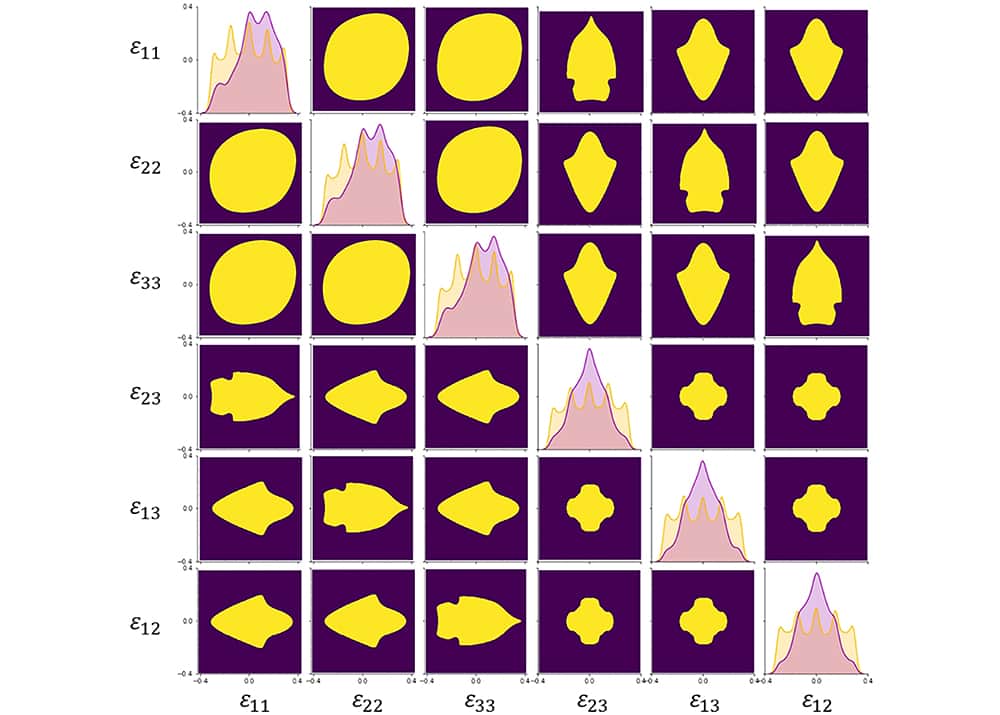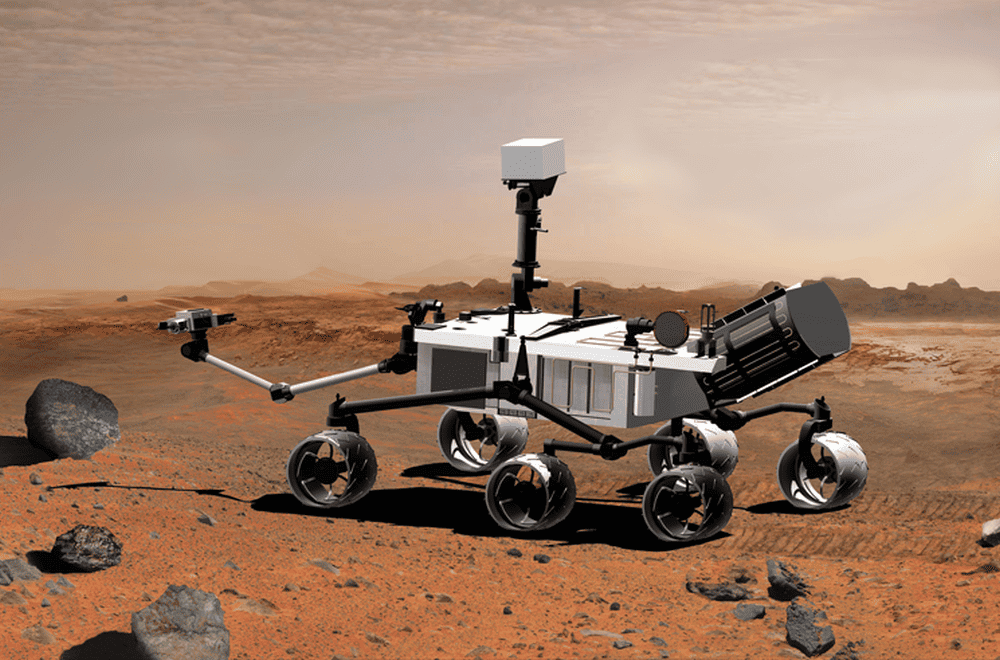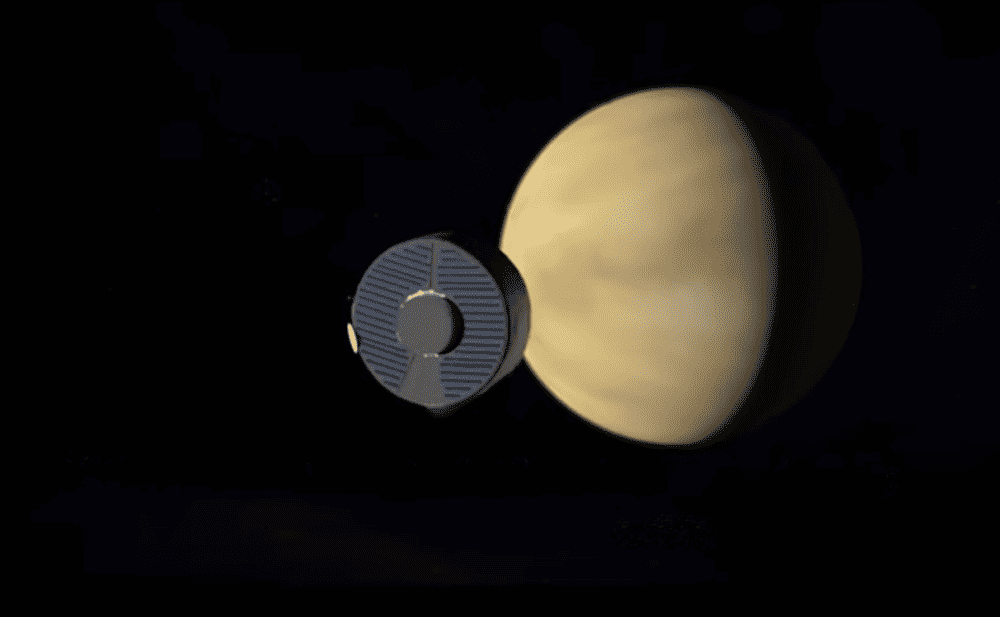In a recent open-access paper, ACerS members Reginaldo Muccillo and Eliana N. S. Muccillo reviewed the key properties of niobium-containing ceramics to demonstrate their potential for application in 5G communication devices.
Read MoreThe June/July 2024 issue of the ACerS Bulletin—featuring a look at novel materials and architectures for digital technologies—is now available online. Plus—“Emerging Professionals” section and C&GM.
Read MoreEven as record amounts of electronic waste are generated, very little of this waste is recycled. The new Circular Supply Chain Coalition aims to establish e-waste recycling networks in local communities.
Read MoreElastic strain engineering has potential to improve processing performance in the semiconductor industry. Researchers led by Nanyang Technological University in Singapore and Massachusetts Institute of Technology used machine learning to create a map that shows how to tune the thermal and electronic properties of crystalline materials via strain engineering.
Read MoreThe Electronic Materials and Applications Conference moved from its original home in Florida to Denver, Colo., taking place Feb. 13–16, 2024. More than 330 attendees, of which nearly a third were students, attended the conference.
Read MorePrintable electronic inks and their associated print processes tend to rely on environmentally hazardous chemicals, which offsets the benefits of printed electronics in application. Engineers at Duke University developed a water-only printing process for fabricating printed electronics.
Read MoreTo celebrate the milestone of the 20th volume of the International Journal of Applied Ceramic Technology, the editorial team assembled a selection of journal papers representing the excellent work from the advanced ceramics community. The focus this month is piezoelectric and dielectric ceramics.
Read MoreTo celebrate the milestone of the 20th volume of the International Journal of Applied Ceramic Technology, the editorial team assembled a selection of journal papers representing the excellent work from the advanced ceramics community. The focus this month is thermoelectrics.
Read MoreSilicon carbide electronics are expected to play a role in future space missions to hot celestial bodies, such as Venus and the sun. A new study by researchers at NASA Glenn Research Center investigated the electrical properties of several ceramic and glass packaging materials to determine which would best protect silicon carbide electronics at temperatures of more than 800°C.
Read More









